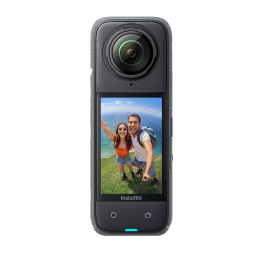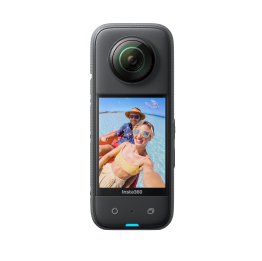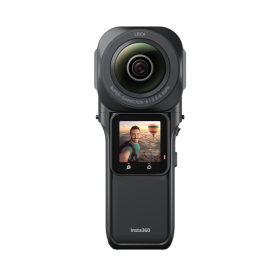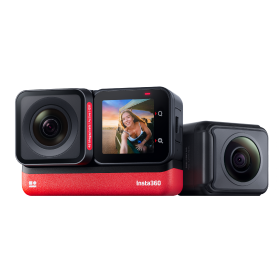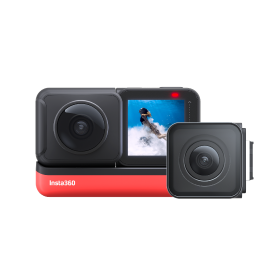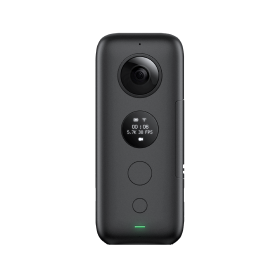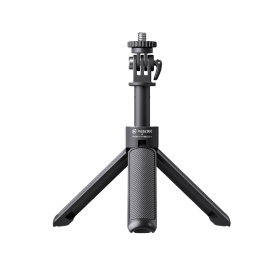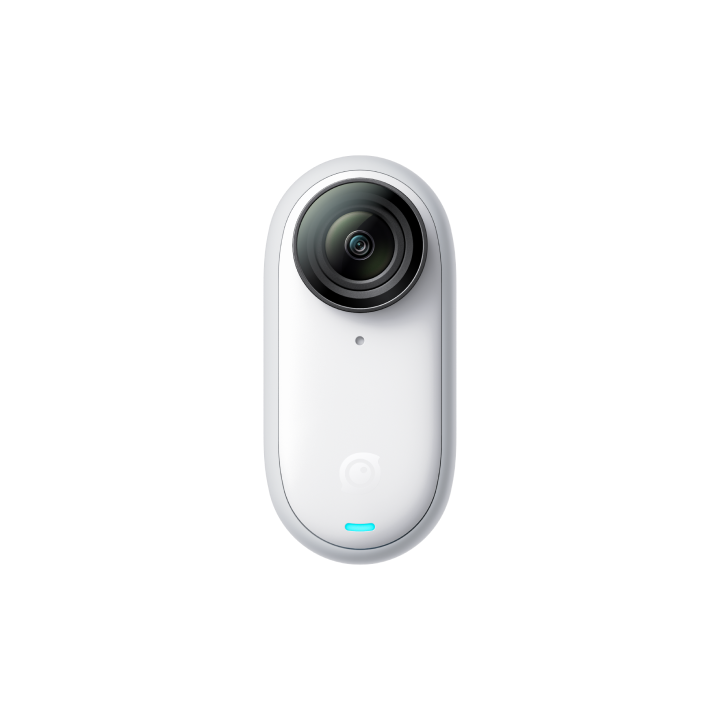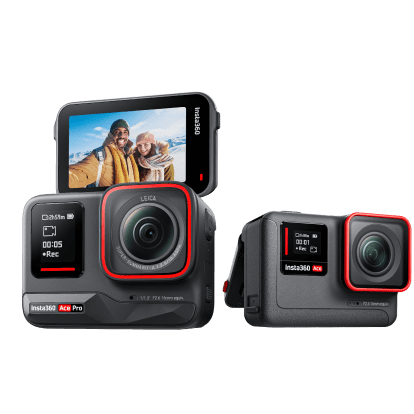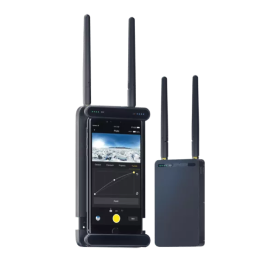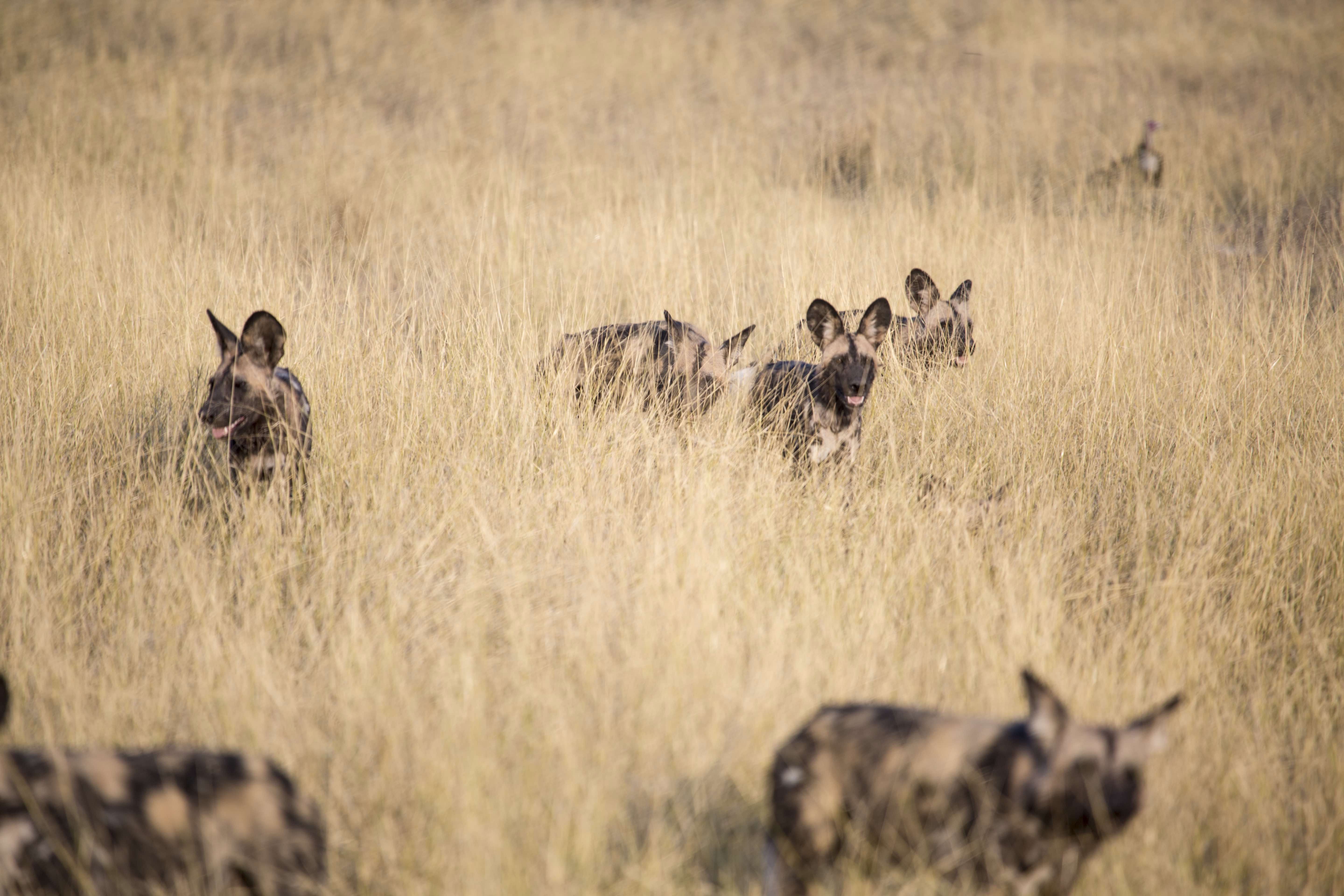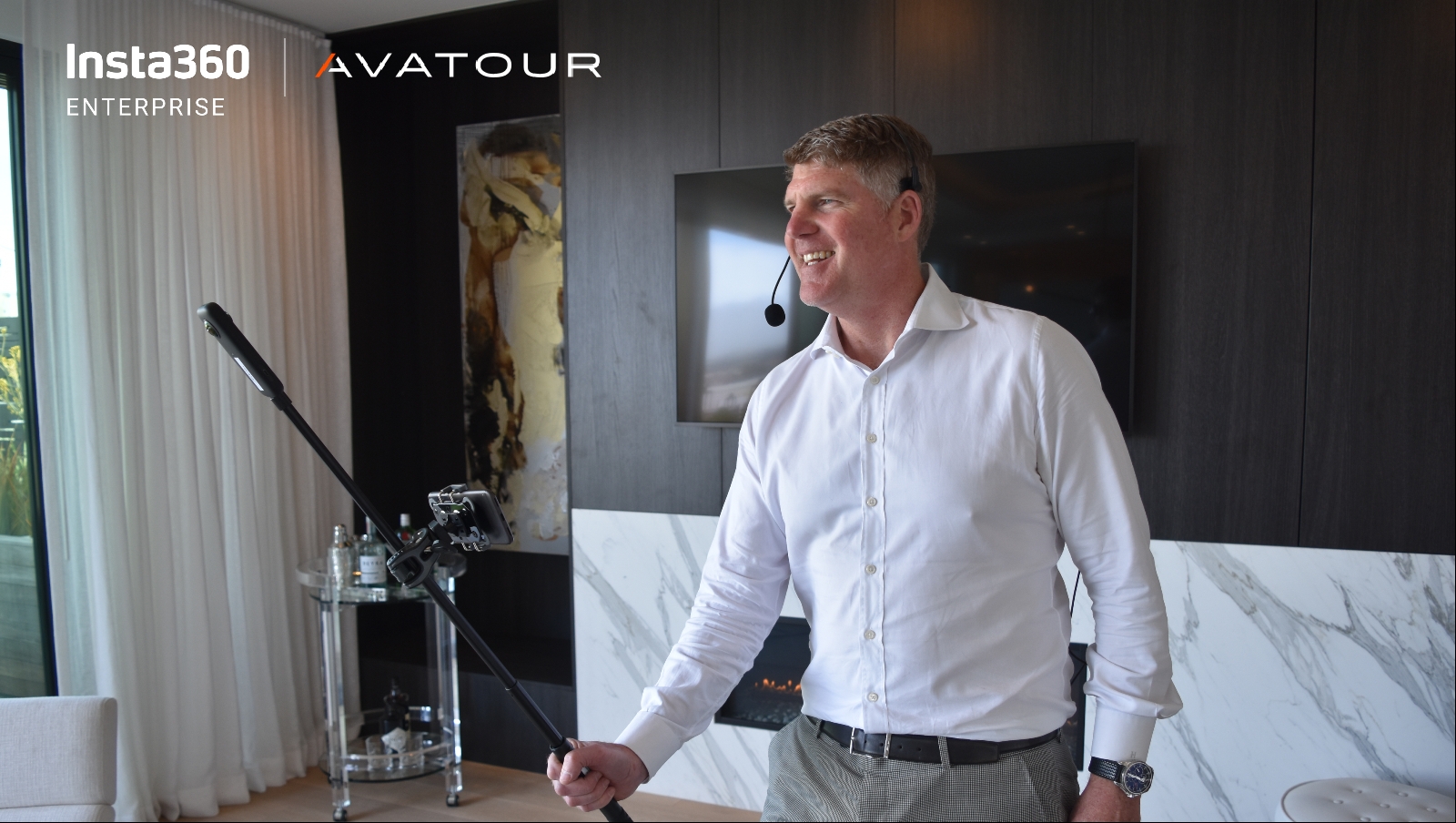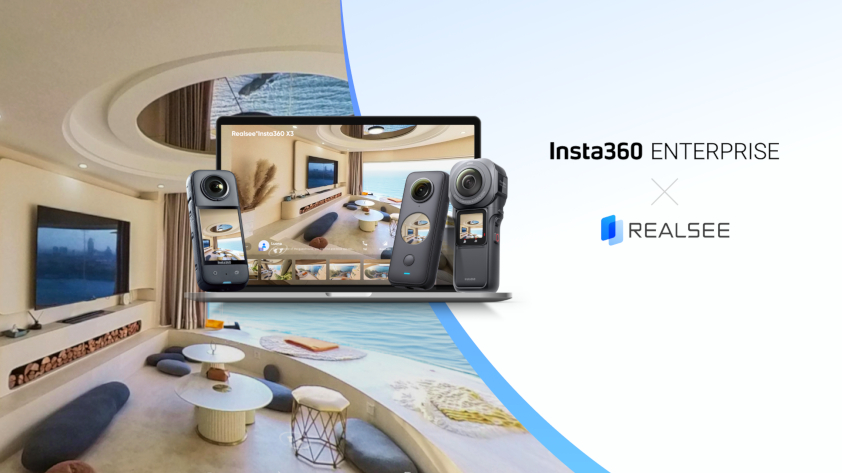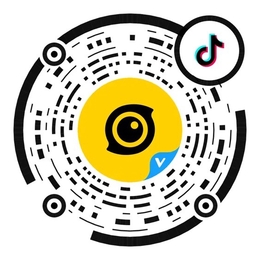Taking a virtual tour could well be the future of nature documentation. If you've ever watched a Sir David Attenborough documentary, you may be acutely aware of how technology is absolutely critical in capturing the essence of the wild. Attenborough has seen it all, from the beginnings of television to modern day VR filming. If the king of nature documentation is partaking in VR perhaps this is an indication to where the industry is heading!
In this piece, we dive into how VR as a method of filming is becoming a way to capture the wild via virtual tour. What advantages do they hold? What hurdles are there? Can conservation efforts be bolstered by using virtual tour video?
We interviewed Rory Sheldon, who leads “The African Wild” to learn more about VR filmmaking in Africa. He's made a bunch of virtual tour safaris like this thrilling encounter with wild dogs:
How long have you been filming out in the Bush? What drives you to keep going out there and filming?
I am from Botswana and grew up in the bush. I then worked as a videographer and journalist for many years out in the wide world (mostly in Latin America) before I returned to Africa intent on getting myself and my cameras back into the wild. My heart is here now, and the bush continues to be as alluring as it is beautiful. Once the wild has you, she doesn’t let you go, and that’s what keeps me going out and filming.

Where did you first hear of VR, and what gave you the idea to use it to create virtual safari’s?
"It was only when I first got my hands on an Insta360 Pro did I realize the true potential of 360."
I have been working within video production for over 15 years, but only considered VR when I started a safari company last year called The African Wild. While we try and create authentic virtual tour safari experiences for visitors to Africa, I realized that not everyone can afford a safari. Safaris can be expensive, but through VR we may just be able to share the experience with people who would otherwise be unable to come to Africa.
I had heard about VR for a while, but it was only when I first got my hands on an Insta360 Pro did I realize the true potential of 360 video. VR is a fantastic way to introduce a large-scale international audience to the beauty of African Wildlife, bring them into it, and help them understand the importance of protecting it.
Why do you choose to use the Insta360 Pro for creating virtual safari’s? Are there any standout features of the Pro that really help?
"No other 8K VR camera is as versatile as the Insta360 Pro."
No other 8K VR camera is as versatile as the Insta360 Pro. It’s literally the only camera in its class that is able to film in remote and hard to reach locations. It’s also lightweight, trustworthy, and durable.
The HDR is spectacular, and when you’re filming wildlife, you can’t control variables such as time of day. This makes a camera with good HDR essential. However, what I most love about the Insta360 Pro is that it lets me film 8K in log. This gives me far greater control over grading in post, and the quality of the footage really makes the image pop.
Do you think this could have an impact on education or preservation? What effects could you foresee?
"I really do believe that VR could have a positive impact on wildlife conservation."
One of the projects I’m currently trying to put together involves the protection of Pangolins (a highly endangered animal due to poaching) and the release of caught animals back into the wild. Pangolins are territorial, and the strategic placement of VR cameras in or around their burrows would allow us to live stream a 24/7 VR feed to a global audience. Not only would this give viewers the chance to see a truly amazing creature in a VR environment, it will also allow them to actively participate in the monitoring and protection of these very endangered animals. The more eyes we have on them, the better.
What is your favourite shot? Why is it your favourite?
A month ago I was following a pack of Wild Dogs in the Okavango. I knew they would eventually hit a river ahead, so I cut around them and placed the camera close to the water edge where I thought they might emerge and then I got myself out of the way.

The Wild Dogs emerged 20 meters away from where I had hoped they would, but when they hit the water edge they doubled back and went straight towards the camera. One of the younger pups actually went up and licked the camera and ended up knocking it over, but I’m still thrilled at what I did manage to capture. Wild Dogs are incredibly shy, and managing to capture them curiously circling the camera is my favourite VR shot thus far.
Could you tell us any interesting/funny stories you’ve had while out filming a virtual tour?
A short while back, I stumbled across a zebra freshly killed by a group of lions. The pride were sitting in the shade, waiting for the day to cool down before enjoying their feast. While I might not have been able to film the kill, I wasn’t going to miss the opportunity to film a pride of lions feasting on some sweet sweet zebra. I managed to set the camera up a couple of meters from the zebra while they tentatively watched me from the shade.
After about an hour, three large male lions started eating the zebra, and I still had to collect a very valuable Insta360 Pro from beside three very large lions. At that point, it dawned on me that I had completely neglected to take retrieval into account during my hurry to deploy the camera.
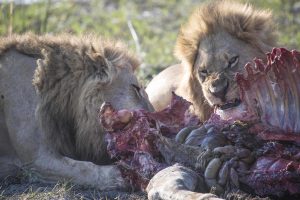
Lions take a while to eat, and once they are done, the lionesses and cubs have their turn. There was no way I was going to be able to retrieve the camera from so close while they were eating. Hours and hours passed and it was close to midnight by the time I realized the lions were gone.
By then, the camera had been knocked over and was covered in a mixture of zebra blood and vulture shit. However, the lenses were clean and unscratched and the camera was still working (a real testament to Insta360 durability). While I had no usable footage from that day, I’m incredibly grateful that I managed to get the camera back. I’m going to have to figure out a safe way to retrieve the camera next time around.
What benefit does using a VR camera like the Pro bring to filming a virtual tour? How does it compare traditional methods?
For me, one of the benefits of using a VR camera like the Pro for making a virtual tour out in the bush is that you learn to relax and really enjoy the process. With a traditional camera, I have to react to any wildlife situation and build a story around what I see. With the Pro, I’ve had to learn to anticipate animal movements and behaviour, work out the perfect location for camera placement, and then get my ass out of the shot and hope for the best. It doesn’t always work out, but when it does the payoff is far more rewarding.
The virtual tour VR safari process also gives me more time to physically enjoy being present in the wild rather than having to experience it all through a viewfinder. I really appreciate that.
For the viewer, at least for safari VR, I feel that they get a lot more mystery out of the 360 experience. They need to figure out where the animals are. I’m not going to hand them the image on a plate like a traditional video. They’ll need to spot the animals themselves, just like on a real safari, and I love that.
Any technical tips for virtual tour VR creators that might be inspired your work?
"Work out where animals are likely to go, tap into their sentiment, and then set up the camera and get out."
In terms of technical tips, I would advise anyone filming wildlife in VR to really take a while to assess both animals and landscape before setting up. The Insta360 Pro is an amazing machine, and how it can do as much as it does all by itself still baffles me. However, you still need to get it set up at the right spot at the right time, and you’ll need to completely trust your gut and judgement in order to make it work. Work out where animals are likely to go, tap into their sentiment, and then set up the camera and get out. Oh, and if you’re filming lions think about how to get the camera back without offending the lions.
The Pro 2 allows for a much longer range on camera control via app, and I think that is going to be incredibly useful when filming animals in the wild.
Keen to keep up to date on Insta360 stories? Keep an eye on our blog and sign up for our mailing list. You can also contact our Enterprise team directly to see how 360 cameras can benefit your business.
